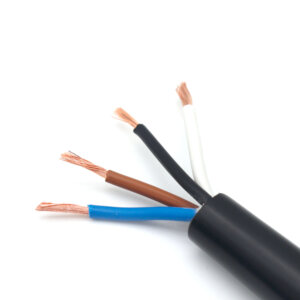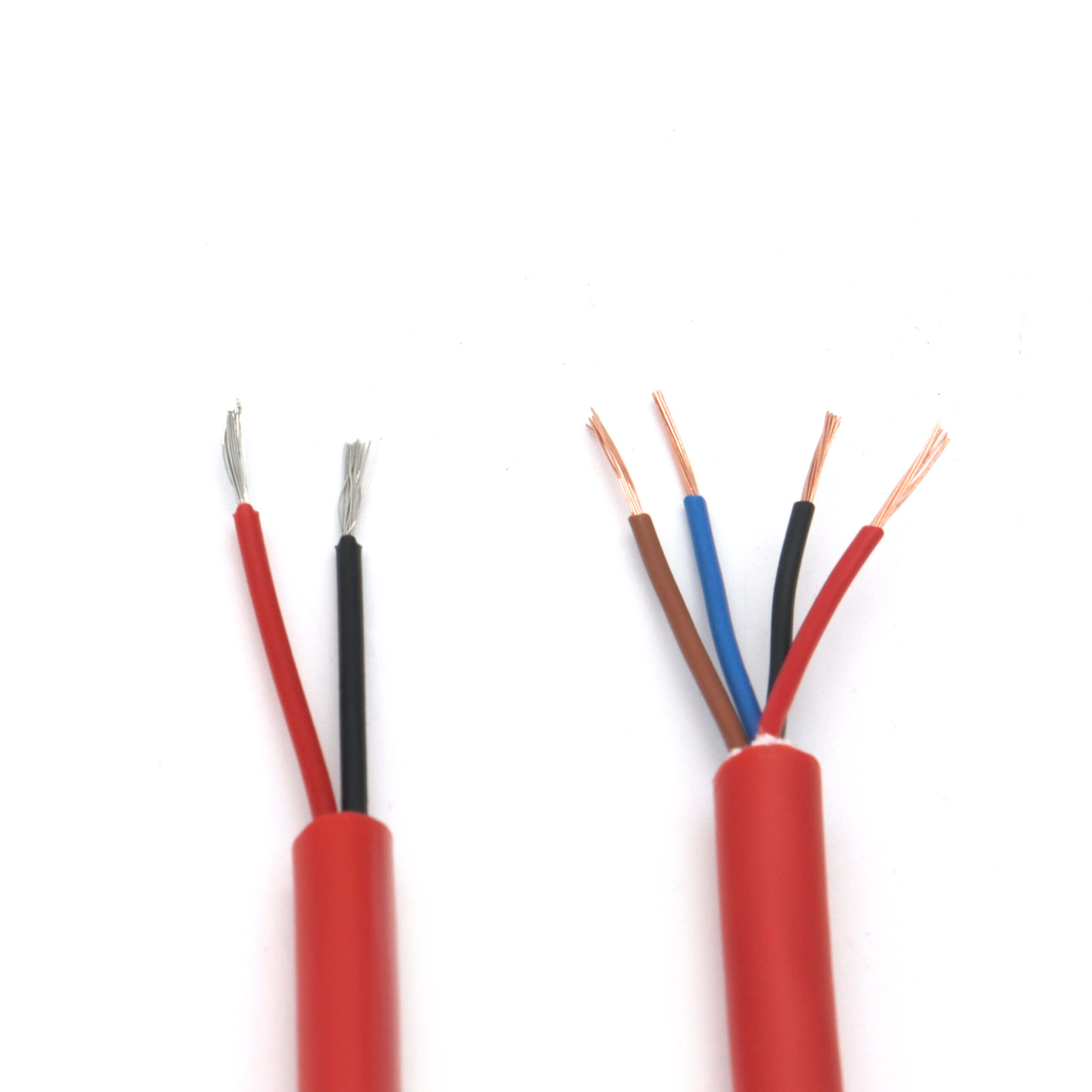I. Introduction: Why is it important to understand flame retardant vs. fire resistant cables?
50% of large-scale fires are caused by cables in China, so the safety of cables in a fire environment is crucial. The main cable terminology concepts involved in the fire environment are, flame retardant cables vs fire resistant cables. So are these two cables the same cable? What is the difference between the two?
II. What Is a Flame Retardant Cable?
Definition
Fire Retardant Cable. This cable is mainly used to prevent the flame spreading. This type of cable can delay the flame propagation speed, leaving the fire source after a certain period of time, the cable’s flame will extinguish itself. But the cable itself can be damaged.
Standards
IEC 60332
Common Materials
- PVC, Neoprene, XLPE, Teflon, LSZH type materials. (We also add flame retardants material to silicone rubber pur to provide flame retardancy.)
Applications
This type of cable has a better performance in fire, and can be used in applications to prevent personal or property damage in the event of a fire, and can be used to power generating stations, industrial facilities, hotels, airports, stations, hospitals, shopping malls, banks, schools, cinemas, power supply of equipment.

III. What Is a Fire Resistant Cable?
Definition
Fire Resistant Cable. This cable means that the cable insulation is still intact and the cable function is normal under certain time of burning. eg: FE 180 / E90 .
FE180: FE is for cable insulation integrity, i.e. the cable will not short-circuit for 180 minutes
E90: E90 is for system integrity, where the cable installation system maintains its integrity in a fire for 90 minutes, and includes the bridges as well as the fixings.
Standards
DIN 0472 DIN 4102
Common Materials
Silicone rubber, PVC (but LSZH is recommended), XLPE type materials.
Applications
This type of cable is suitable for most of the fire to avoid causing personal danger and property damage occasions, such as: industrial parks, power stations, communities, hotels, airports, hospitals, subway networks, shopping malls, data processing centers, high-rise buildings, public places, schools, mining projects, communications, emergency power supply systems and alarm systems.
Want to know more? Here is a more detailed article about fire resistance cable.

IV. Flame Retardant Cable vs Fire Resistant Cable: Key Differences
| Feature | Flame Retardant Cable | Fire Resistant Cable |
|---|---|---|
| Main Purpose | Prevent flame spread | Still working during fire |
| Material | PVC, XLPE, Teflon | XLPE, Silicone Rubber, LSZH, PVC |
| Fire Performance | Cable may break in fire | Still work normally for 90–180 mins under fire |
| Standard | IEC 60332 | IEC 0472 / DIN 4102 |
| Typical Use | General building power supply | Emergency, fire alarm systems, safety systems |
V. How to Choose the Right Fire-Safe Cable
If the cable is used for fire-alarm system, emergency power system, ventilation system, safety system — Fire-resistant cable.
If the cable is used to supply power to equipment other than those mentioned above — fire-retardant cable
Generally, fire-resistant cables are flame-retardant cables.
VI. Conclusion
Choosing the right fire cable is very important for the people’s personal and property safety. KMCABLE offers flame retardant and fire resistant cables that meet IEC EN UL standards. We support customized, low smoke and halogen free, high temperature resistant cables. Feel free to contact us for any requirements.

